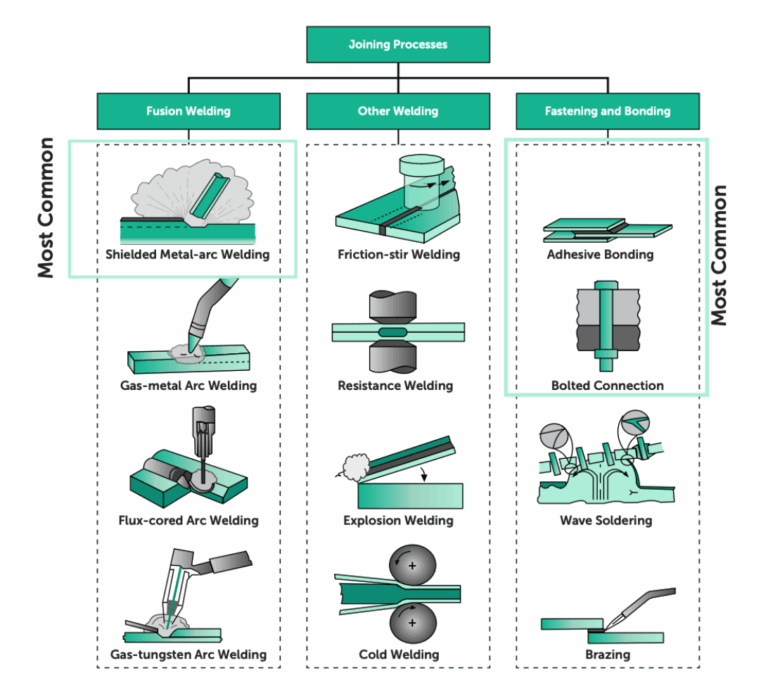Time to read: 6 min
One technique in modern cycles and surface modifications is a small but effective player — chromic corrosive anodizing. This finish isn’t a basic method; rather, it’s a groundbreaking metal surface transformation that upgrades toughness and prevents degradation while providing an appealing aesthetic.
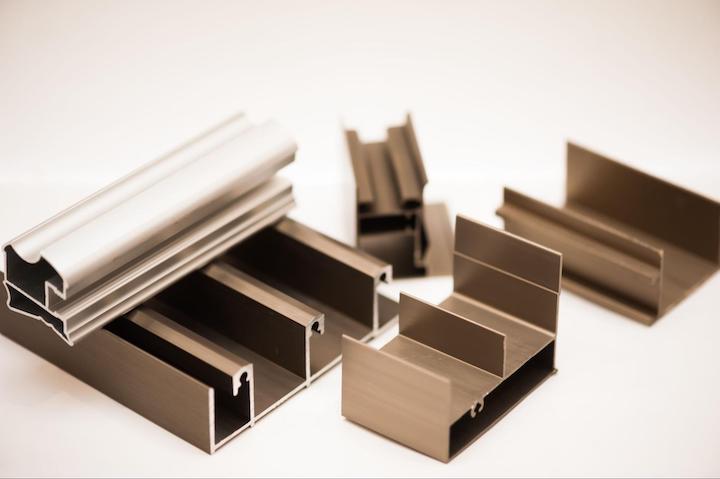
From aviation to consumer gadgets, chromic acid anodizing is popular for its useful and extraordinary applications and its one-of-a-kind elements — but chromic acid anodizing is dangerous and bad for the environment.
This article discusses chromic corrosive anodizing, its complexities, and wide scope of uses, then details some excellent chromic acid alternatives.
What is Anodizing?
Anodizing is an electrochemical cycle that forms a defensive oxide layer on aluminum. This deposited surface layer improves erosion obstruction and strength and can be colored for decorative purposes. There are different sorts of anodizing, including chromic corrosive, sulfuric corrosive, and hard coat anodizing. Each method has its own advantages and applications.
To learn more about anodizing, check out our guide, Aluminum Anodizing: All You Need to Know.
Basics of Chromic Acid Anodizing
Chromic corrosive anodizing occurs by submerging aluminum in a chromic ion electrolytic bath and applying an electrical current — chromic acid acts as both an electrolyte and a reactant. The process produces an oxide layer in a controlled way that coordinates with the metal substrate to further develop erosion obstruction and aid with color assimilation.
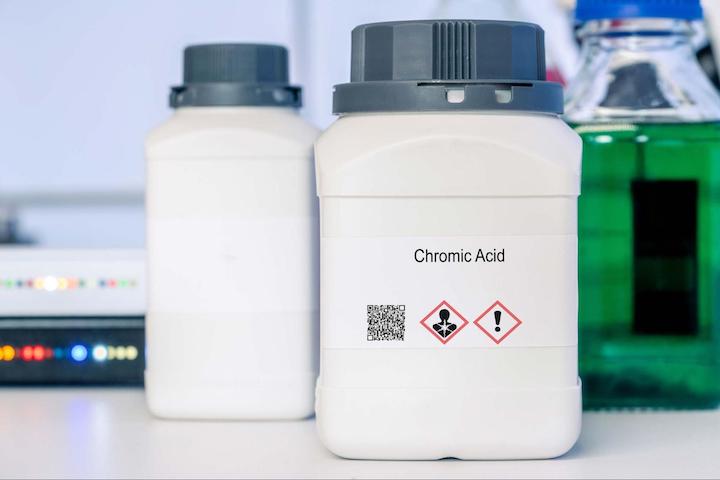
Chromic acid anodizing also improves:
- Corrosion resistance
- Aesthetic appearance
- Wear resistance
- Paint and adhesive bonding
- Lubricity
- Plating adhesion
Chromic acid anodizing is specified and carried out through a few industry specifications, including:
- MIL-A-8625 US Military Specification: Anodic Coatings For Aluminum And Aluminum Alloys
- NASA/JSC PRC-5006 Process Specification for the Anodizing of Aluminum Alloys
Both specifications include 2 types of chromic acid anodizing. Type I are conventional coatings produced from an electrolytic chromic acid bath (3.4.1). Type IB are coatings produced in low voltage chromic acid anodizing (22 ± 2 V).
Anodizing Substrates and Applications
Chromic acid anodizing is ordinarily applied to aluminum and aluminum composites because of their widespread use in aviation, automotive, consumer electronics, and structural industries. Aluminum’s lightweight and naturally occurring oxide layer makes it ideal for chromic acid anodizing.
Pre-Anodizing Cleaning
Surface cleanliness is critical for effective anodizing, and the term cleaning includes eliminating toxins, oils, and existing oxides from the aluminum surface. Soluble or dissolvable cleaning is often followed by an etching cycle, where the aluminum surface is synthetically treated to remove all pre-existing, naturally occurring aluminum oxide and to roughen the surface texture — all to ensure uniform anodic covering development.
When a smooth, shiny, or glossy surface is required, parts are pre-treated in a deoxidizing bath and then mechanically polished, while parts are blasted or milled to achieve a matte finish.
Anodizing Process Hardware
The anodizing process requires tanks, rectifiers, and racks. Tanks hold the anodizing fluid and allow for part submersion, while rectifiers control the electrical voltage and current. Racks hold the aluminum parts to guarantee a thorough immersion in the solution. All of this equipment must be properly arranged and maintained to reliability deliver top-notch anodized coatings.
Anodizing Process Steps and Considerations
The stages of chromic corrosive anodizing are:
- Cleaning
- Etching/deoxidizing/mechanical surface modification
- Anodizing
- Coloring (if desired)
- Rinsing
- Sealing (either via chemical or hot water)
The timing of each step, temperature, voltage, current, and thickness of the coating influence the quality of the finish, so close control of these variables is necessary to get good results consistently.
Natural Aluminum Oxide vs Chromic Acid Anodized Aluminum Oxide
Aluminum has a high affinity for oxygen, so a natural aluminum oxide layer instantly builds on the surface of aluminum after it’s been exposed to air. Chromic acid anodizing also produces an aluminum oxide layer on the surface of aluminum, but there are differences between the oxide layers:
| Thickness (nm) | Hardness | Corrosion Resistance | Ability to be Colored | Paint Adhesion | Fatigue Resistance | |
| Naturally Occurring | 2-3 | Good | Good | No | Good when cleaned and prepped | Standard |
| Chromic Acid Anodized | 5-15 | Harder than natural aluminum oxide, but the film is easily damaged | Excellent (Increases with thickness) | Naturally gray (or green when sealed) in color but can be dyed black | Excellent when cleaned and prepped | Superior (Inversely proportional to thickness, though) |
The formation of the chromic acid-induced anodized oxide layer is dependent on electrolyte concentration, bath temperature, immersion time, voltage supplied to parts, and solution flow. As with any other electrolytic coating process, current density impacts the local thickness of the anodized coating.
Current tends to flow in the same pattern that you would expect to see heat distribute, with higher areas of thickness building on edges and lower thickness building on the center of a part. This resource has more on the technical details of the anodizing process, including an explanation of the electrochemical reaction.
Versatility and Significance: Applications of Chromic Acid Anodizing
The excellence of chromic corrosive anodizing lies in its flexibility. The thin oxide layer increases corrosion resistance, perfect for applications exposed to the elements — like airplanes flying through the sky and ships sailing ocean waters.
Anodized coatings are also compatible with cement and paints, providing a surface for good paint or adhesive contact. It also improves electrical insulation, making anodized parts ideal for capacitors and connectors.
In short, chromic corrosive anodizing is incredibly useful in various industries, from architecture and medicine to consumer electronics and military gear.
Chromic Acid Anodizing: The Ugly Truth
For all its beneficial uses, chromic acid anodizing comes with a high price in terms of health risks for workers. The byproduct of this process, airborne hexavalent chromium, is a known carcinogen 500 times more toxic than diesel gas that can lead to various health issues:
- asthma
- eye irritation/damage
- perforated eardrums
- respiratory cancer
- contact dermatitis
- septum perforation
That’s why many industries, including the automotive industry, are phasing out processes that produce hexavalent chrome. The automotive industry began its phase-out of hexavalent chrome-containing chemicals with the adoption of the European Union’s End of Life Vehicle Directive in 2020.
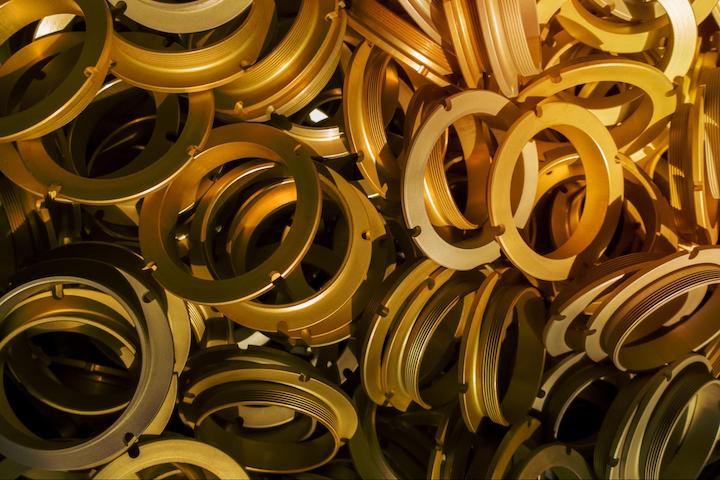
Alternatives to Chromic Acid Anodizing
Because it’s such a useful process, chromic corrosive anodizing remains a part of product development, but because of the toxic byproducts, it creates, the mission to find greener, safer options proceeds.
Here are some excellent alternatives to chromic acid anodizing:
Type II, MIL-A-8625 – Sulfuric Acid Anodizing, Conventional Coatings Produced From Sulfuric Acid Bath
Sulfuric acid anodizing is an excellent alternative to chromic acid anodizing. Here’s why:
- Sulfuric acid anodizing is safer. The process uses no hexavalent chromium and does not create it as a byproduct.
- Sulfuric acid anodizing produces a thicker and more durable anodized layer than chromic acid anodizing. This makes it better suited for use in harsh environments where the part may be exposed to abrasion or corrosion.
- Sulfuric acid anodizing is much more cost-effective than chromic acid anodizing. It requires fewer steps and chemicals to produce the same high-quality results.
- Sulfuric acid anodizing can be used on a wider range of materials. It can be used on aluminum, titanium, and magnesium parts. Chromic acid anodizing is for aluminum only.
- Sulfuric acid anodizing produces a more uniform and consistent finish than chromic acid anodizing — it’s easier to control and maintain the process parameters, so you get more predictable outcomes.
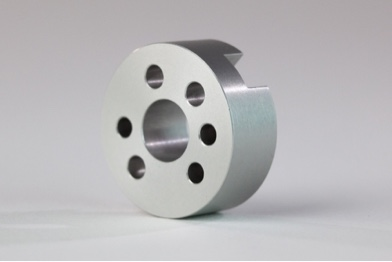
Type III, MIL-A-8625 – Hard Anodic Coatings
Type III anodizing is a hard sulfuric acid anodizing applied with the same general process as Type II sulfuric acid anodizing, but creates a much thicker oxide layer. Type III coatings provide increased resistance to wear, corrosion, and other general environmental effects and are also known as hard or hardcoat anodizing. The protective oxide layer must be thicker than >= 0.0005”, with coatings up to 0.004”.
While the thicker coating of Type III offers greater physical protection, it costs more due to extra processing and immersion time, and the increased thickness may require more quality control for tight tolerances.
Type III, MIL-A-8625 with PTFE – Hard Anodic Coatings with PTFE
Type III with PTFE is a more recent anodizing process designed to offer the benefits of both hard coat anodizing and Teflon (aka PTFE). The addition of PTFE improves lubricity and wear resistance and prevents galling failure — adding PTFE lowers the coefficient of friction by as much as 50%.

If you’re looking for a safer and more environmentally friendly alternative to chromic acid anodizing, then sulfuric acid anodizing is a great solution.
At Fictiv, we have experts with extensive experience using sulfuric acid anodizing to finish a variety of parts — so we can deliver high-quality parts with excellent corrosion resistance and color options without the harmful health and environmental risks associated with chromic acid. Upload your design today for a free instant quote for our anodizing services!










